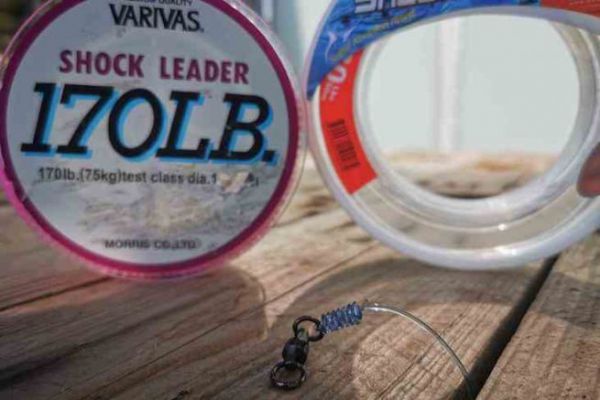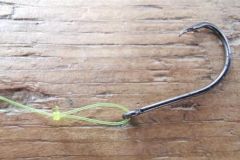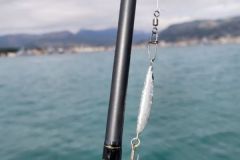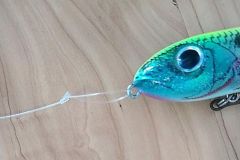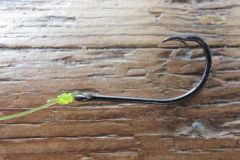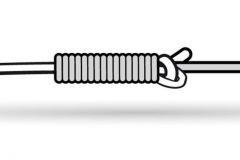The tube knot is ubiquitous in the world of exotic fishing and, in general, for all strong fishing.
It's a node I use all the time for my tuna lure fishing sessions in the Channel to connect rolling swivels to nylon or fluorocarbon leaders.
In a previous article, i explained how to make it using a tube .
However, I've lost count of the number of times I've mislaid this famous tube, which is essential for making it.
Thanks to sharing knowledge with friends last season, I've learned a new method for making it without a tube, so I don't have to worry about where to put it.
However, to achieve this, you need to use large-diameter shock leader nylon or fluorocarbon. The diameter I use for this type of fishing, i.e. 150 or 170 lb, is perfectly suitable.
Step-by-step instructions:
To do this, it is essential to have constant tension on the leader. It's possible to do it with 2 people and ask a second person to hold the swivel in a clamp, for example.
To do it myself, I threaded the rolling swivel through a hook and pricked it so that I could pull firmly in the opposite direction.
Pass the leader through the swivel and leave a margin of about 15 to 20 centimetres.
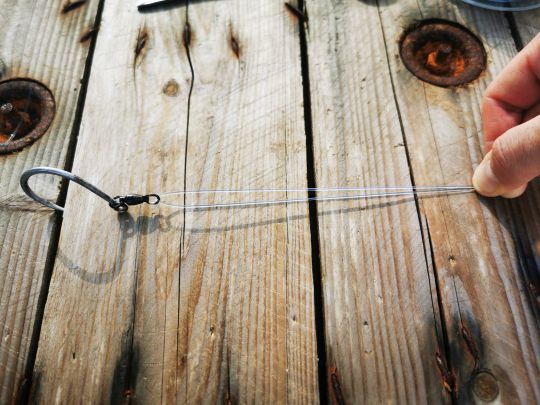
Firmly pinch the 2 strands about 5 centimetres from the swivel and start making turns around the 2 strands. It's important to maintain firm tension throughout the knot.

Continue winding down towards the swivel. About ten are needed.
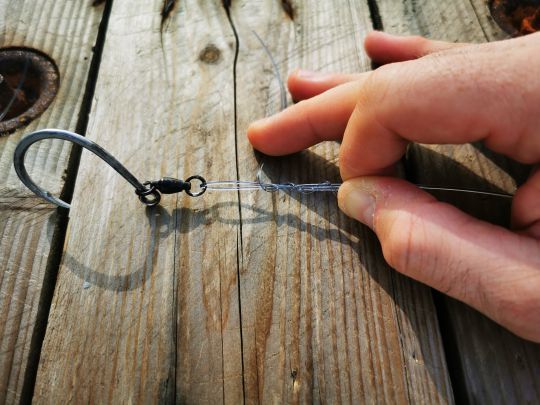
Tighten the coils as firmly as possible.
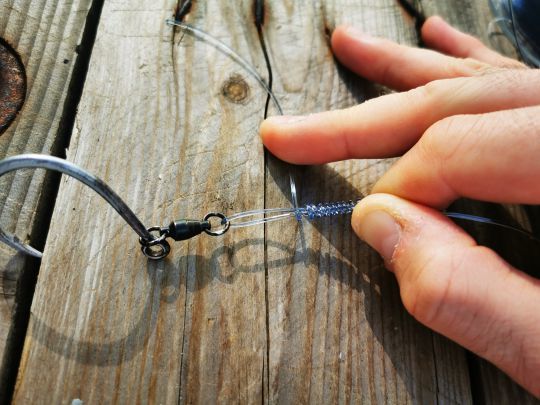
Release the coils. Tightening them firmly will help them retain their shape. Next, pass the free strand between the coils and pull it up from underneath.

Slide the knot downwards. Remember to moisten it so that it doesn't heat up when tightened.
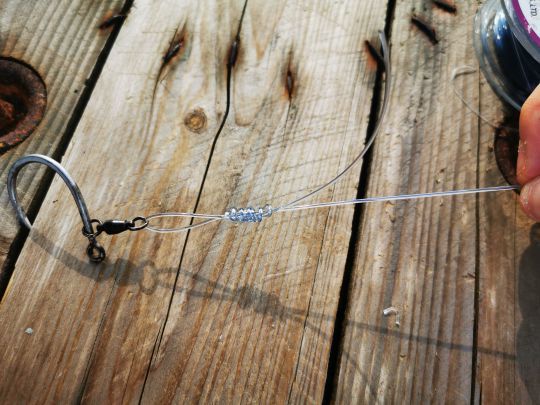
Tighten the knot firmly, taking care not to let the turns overlap. Trim off any excess wire.
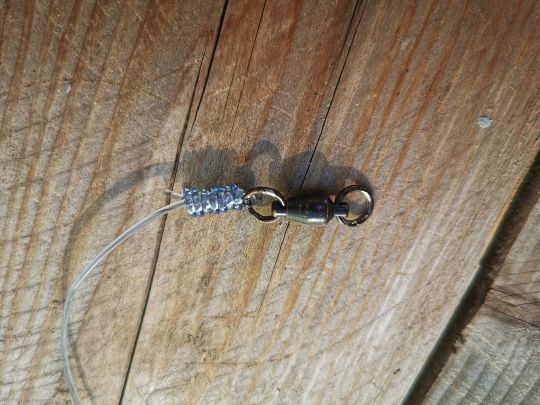
There are now two ways to make the tube knot.

 /
/ 